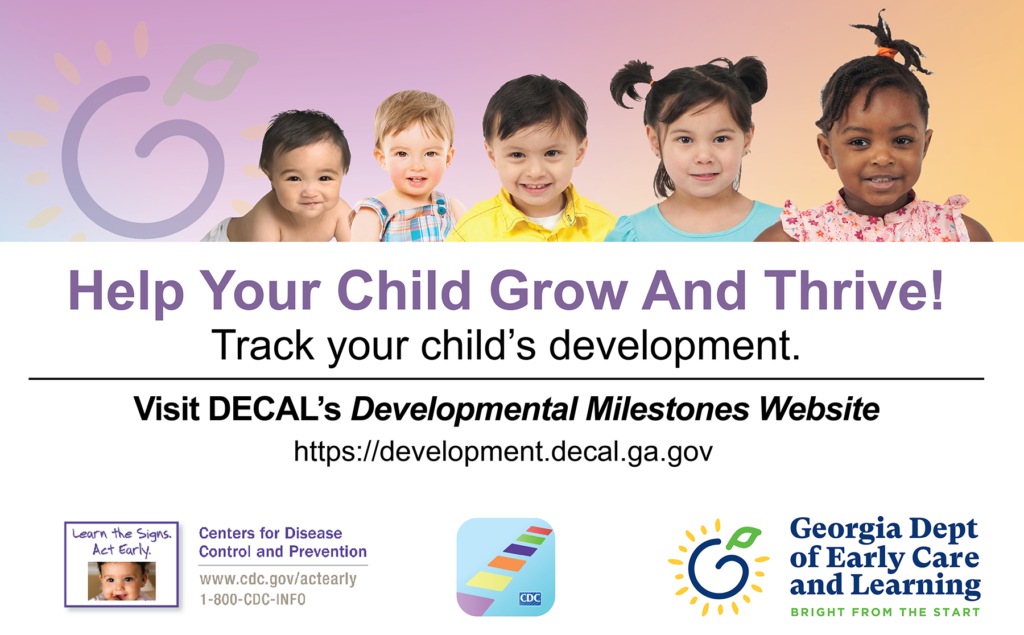
Diagnosis
Child Development
Child development refers to how children become able to do more complex things as they grow older. Development is different from growth which refers to getting bigger in size.
Child Development
Typical development occurs in the following 5 areas:
- Gross motor: using large groups of muscles to sit, stand, walk, run, etc., keeping balance, and changing positions. Learn more about Physical Developmental Delays
- Fine motor: using hands to be able to eat, draw, dress, play, write, and do many other things.
- Language: speaking, using body language and gestures, communicating, and understanding what others say.
- Cognitive: Thinking skills: including learning, understanding, problem-solving, reasoning, and remembering.
- Social: Interacting with others, having relationships with family, friends, and teachers, cooperating, and responding to the feelings of others.
Developmental Milestones
Developmental milestones are the things that most children begin to do at a certain age. Your child’s doctor uses milestones to help check and follow your child’s development. Every child is unique and typical development can occur within a wide range.
Learn the Developmental Milestones to 5
You can help your child grow and thrive by monitoring their development.

Watch this video showing a comparison of typical and atypical development in a 6 month old. Videos are also available in Spanish and Chinese versions.
Language Development
The development of language begins as an infant. Delays in speech or language have a significant effect on social and academic skills and behavior. Early speech and language intervention can help children be more successful with reading, writing, schoolwork and social skills.
Find out more about Language Development.
The Magic of Everyday Moments (video series)
How you can best help young children thrive! Seeing is believing!
- Development from Birth to 12 Months Old: Forming a Trusting Bond to Nurture Learning
- Development from 12 to 24 Months Old: Strong, Positive Connections and Interactions Fuel Learning
- Development from 24 to 36 Months Old: New Skills Develop through Plan, Routines and Relationships
- School Readiness: Foundations in Language, Literacy, Thinking and Social-Emotional Skills
Learning Disabilities
It is estimated that fifteen percent of the U.S. population, or one in seven Americans, has some type of learning disability. Difficulty with basic reading and language skills are the most common learning disabilities. As many as 80% of students with learning disabilities have reading problems. Parents are often the first to notice the signs that their children have learning problems. Some of the signs may be apparent as early as preschool age while others may become more defined in middle or high school when learning becomes more complex. Parents who suspect learning disabilities should speak to teachers and other school staff and ask for their child be evaluated.
Common Learning Disabilities
Signs of a Learning Disability

My Life with Dysgraphia
by Caroline Addams
Learning to write was a challenge for me. It was hard to make it readable for the teachers. I was trying, but I always was messing up. Read more . . .
Watch the following 5 minute video, “Executive Function: Skills for Life and Learning” which explains how these lifelong skills develop, what can disrupt their development, and how supporting them pays off in school and life.